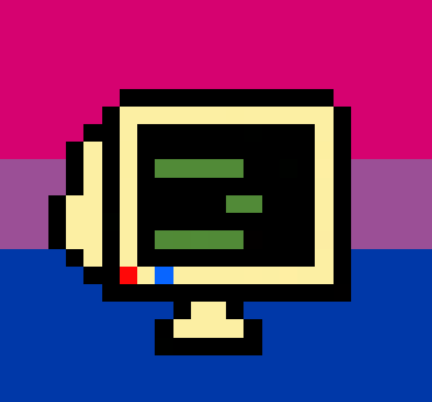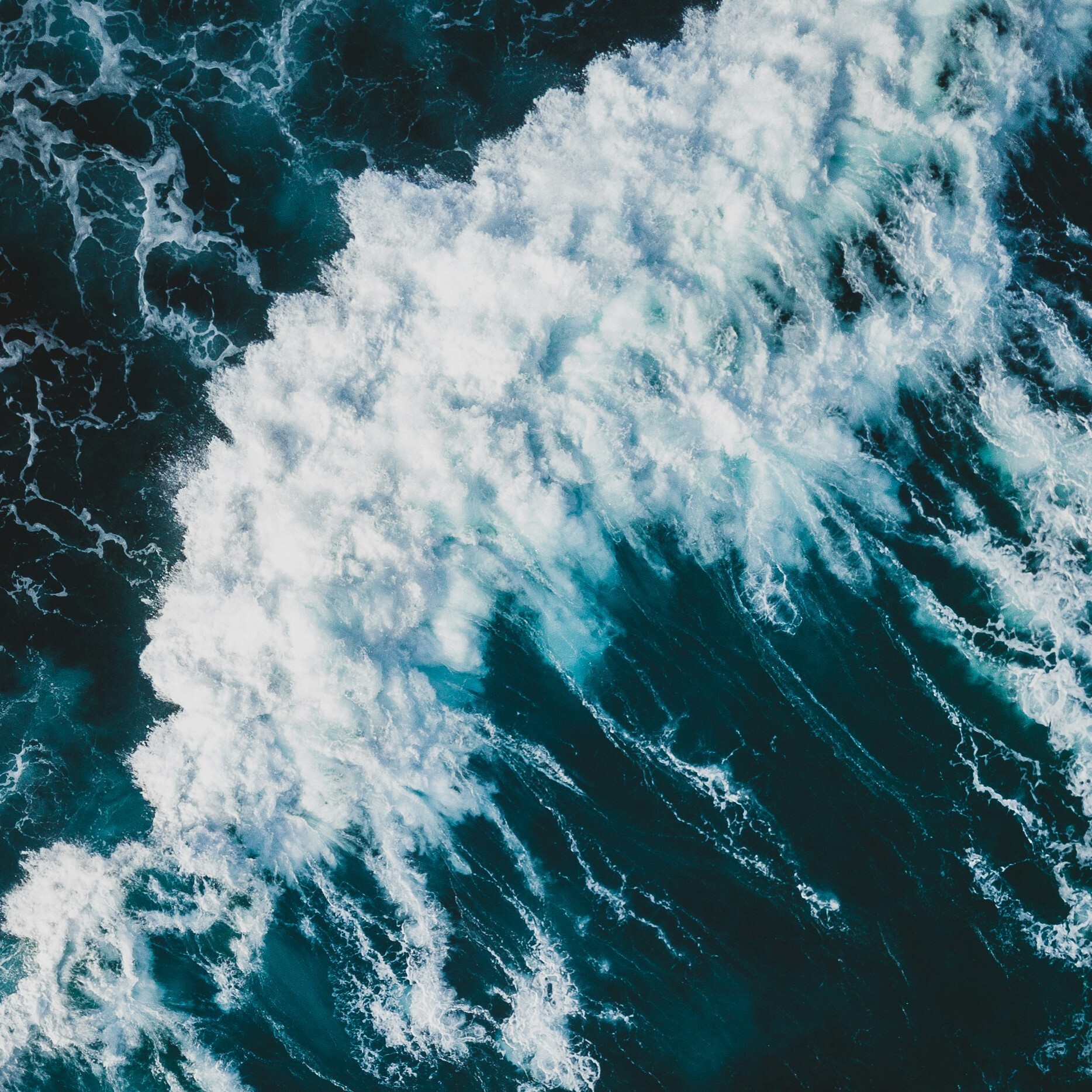- cross-posted to:
- privacy@lemmy.dbzer0.com
- cross-posted to:
- privacy@lemmy.dbzer0.com
I am shocked by this - the quote in below is very concerning:
“However, in 2024, the situation changed: balenaEtcher started sharing the file name of the image and the model of the USB stick with the Balena company and possibly with third parties.”
Can’t see myself using this software anymore…
Thats a shame, it was one of the few disk imagers that “just worked”
i still had issues using 150MB electron based bloated and heavy software instead of rufus, not that it worked for me anyway
Unrelated to balenaEtcher but I haven’t been able to flash ISO files from Windows 11, either by using Rufus, Etcher, Fedora Media Writer, or even the WSL. I need to borrow a computer running a FLOSS operating system or to install OpenBSD first, and then from OpenBSD to download and burn an ISO file.
Here’s a wildcard people might not know about: Raspberry Pi Imager
I use it because it’s faster than Etcher and it also has a bunch of quick links to download popular images (mainly for RPI and other arm-based SBCs) in one click which is handy if you use those regularly.
Wow, I was not aware of that. I really liked balena. Thankfully, I haven’t been using it since installing Mint.
Just use
dd. It’s not that hard. You pass it 2 arguments:if=the file you want to flash, andof=the destination. If you’re feeling fancy, pass in somestatus=progress. And don’t forget to prepend it withsudo. That’s it.I just tried this the other day and was unable to boot from the USB. Any chance you could shed some light on what I might have screwed up?
The command was:
dd if=fedora.iso of=/dev/sdc bs=4M status=progressThe USB stick was not mounted and the fedora image was verified. The command completed successfully but I couldn’t boot from it. When I used fedora writer to burn the same image to the same USB stick it booted no problem.
Edit: spelling & capitalization
Don’t use Fedora myself, but it may not be a hybrid ISO that becomes bootable when written… so I looked and you are missing a flag
dd if=/path/to/image.iso of=/dev/sdX bs=8M status=progress oflag=direct
From https://docs.fedoraproject.org/en-US/quick-docs/creating-and-using-a-live-installation-image/
I don’t think
oflags=directhas any influence on the result. Apparently that’s about disabling the page cache in the kernel, which can avoid a situation in which the system slows down due to buildup yet-to-write pages.Ah! Thank you! I knew it was something I screwed up!
You didn’t screw up, you beautifully proved why the CLI is never a simple solution.
This is why people trying to pass this as a primary option baffle me a bit. dd is not that bad in isolation, but all of these little commands add up.
If we want Linux to be mainstream, we need to accept that most users aren’t going to be linux enthusiasts. They just want a PC that works normally.
Did you make sure that the
ofis correct?lsblkto make sure.If your sure it wrote to the right drive i would make sure that you have a good download. Did you run your checksums?
I think fedora works with secureboot but you might want to disable it just to see if that is the issue. I believe you can reenable it after install.
Make sure to go into the bios and boot from external drive/usb.
Out of 15 years of using
ddi have never had a problem.I did verify with
lsblk, with a listing before and after plugging in the stick to be absolutely sure.I also did verify the checksum of the ISO.
I’ll double check SecureBoot, but as I mentioned, the same ISO written to the same stick with Fedora writer did boot in the same machine it wouldn’t boot from with the
ddversion.I know it’s something I did or didn’t do to make it work correctly, so this is not me trying to dunk on
dd, just trying to understand what I did wrong.just trying to understand what I did wrong.
You might not have done anything wrong.
There is also the possibility of a bad USB drive or write memory failure. There is lots of things that could go wrong that’s not your fault. Might try a different USB or a different USB port on your machine.
You might want to try zeroing out the USB,
if=/dev/zero. Then you might need to make a new partition table. You can use something like gparted. Or https://linuxconfig.org/how-to-manipulate-partition-tables-with-fdisk-cfdisk-and-sfdisk-on-linuxYou can try GPT or DOS. I dont think it matters.
Not sure if the ISO will have the partition table so you might want make the new partition table just to be sure the stick defiantly has one. If dd overwrites it from the iso no harm no foul.
Thats all the troubleshooting steps I can think of right now.
Not using Ventoy in 2025?
Ventoy uses several blobs without any instructions of compiling them yourself?
Rufus is great! I worked with the maintainer to fix a bug in hardware they didn’t have and it was a very pleasant experience.
Balenaetcher has, for me at least, failed to write to USBs for the last 3 years or so that I’ve tried to use it - meanwhile random iso writers from flatpak have been more reliable for me. Very obnoxious that so many iso related sites recommend it. Rufus, kicks tons of ass, if for whatever reason you’re still on windows.
Also on most distros I’ve tried, the disk utility has some sort of right click or context menu that gets you a ‘restore disk image’ button that works great as well.
Flatpack? You are using Linux and you need “iso writers”? Is your dd broken, son?
This sounded like a techy Ron Swanson.
Are the scissors broken in your house, son?
At least one person got the reference!
Friendship ended with Balena
Now Rufus is my new best friend
Why use a fancy GUI tool when good old
dddoes the trickfor Windows
cp command works well too
Because of the risk of accidentally wiping the main drive if you’re just copy pasting stuff
If that happens to you, that’s both a great reminder that mindlessly copy-pasting commands from the internet is a terrible idea, and a chance to practice your restore-from-backup routine! I see no downsides.
pvfor life.dd status=progresscan also tell you how far along the operation is.Dang, nice! I’ve been using dd for nearly 30 years and have never seen that. I actually used to used dcfldd because it had better progress reporting than dd (and supported repeated patterns for input). Thanks for sharing!
cat is the tool of distinguished gentlemen
Is no one aware of Fedora Media Writer? It’s FOSS and the most trustworthy ISO burning software in existence. It’s only issue is that its named as if it is written only for producing Fedora bootable media. It works for everything.
Opensuse has one too. And dd exists for the brave or the foolish
The article at the end mentions they suggest dd as alternative for MacOS (due to Unix user space). It seems the balena -> rufus decision is about the easiest-onramp Mac+Win-portable option, for those uncomfortable dropping to low-level device-writing CLI tools in their current system.
Side-note: Last time I was on a friend’s Windows I installed dd simply enough both as mingw-w64 (native compiled) and under Cygwin. So for Windows users who are comfortable using dd it only requires a minor step. When I once used WSL devices were accessible too, but that was WSL1 (containerized), whereas WSL2 (virtualized) probably makes device-mapping complex(?) enough to not be worth it there.
WSL2 has relatively easy (a few powershell commands iirc) device mounting, provided you aren’t trying to mount C: or the windows install drive (not necessarily the same).
Thanks, that’s good to know, but for raw-writing a bootable image to a device do you (or anyone reading) know if there are also straightforward powershell commands for mapping devices at the block level? (as opposed to mounting at filesystem level)
I dunno… I just use dd.
cat works perfectly fine too 👌
Eh, I prefer being able to specify block sizes, to maximize the throughput.
Seeing progress, too
Meh i find it slow.
Or gnome disks, which also adds an “open with ‘write to drive’” option to isos and images
Linux mint factory USB creator just right click and make bootable.
If you need a FOSS, cross platform GUI for bootable USB sticks, Raspberry Pi Imager is a really good solution.
It is mainly used to flash SD cards for RPIs, but also you can burn any ISO on any support with it.I used to use the fedora media writer but the RPi imager software is so easy I switched
Ventoy is life!
did they ever clear up that random unexplained binaries issue?
From what I could gather, they’re taken from Fedora and OpenSUSE. They’re signed blobs for secure boot support.
Real










